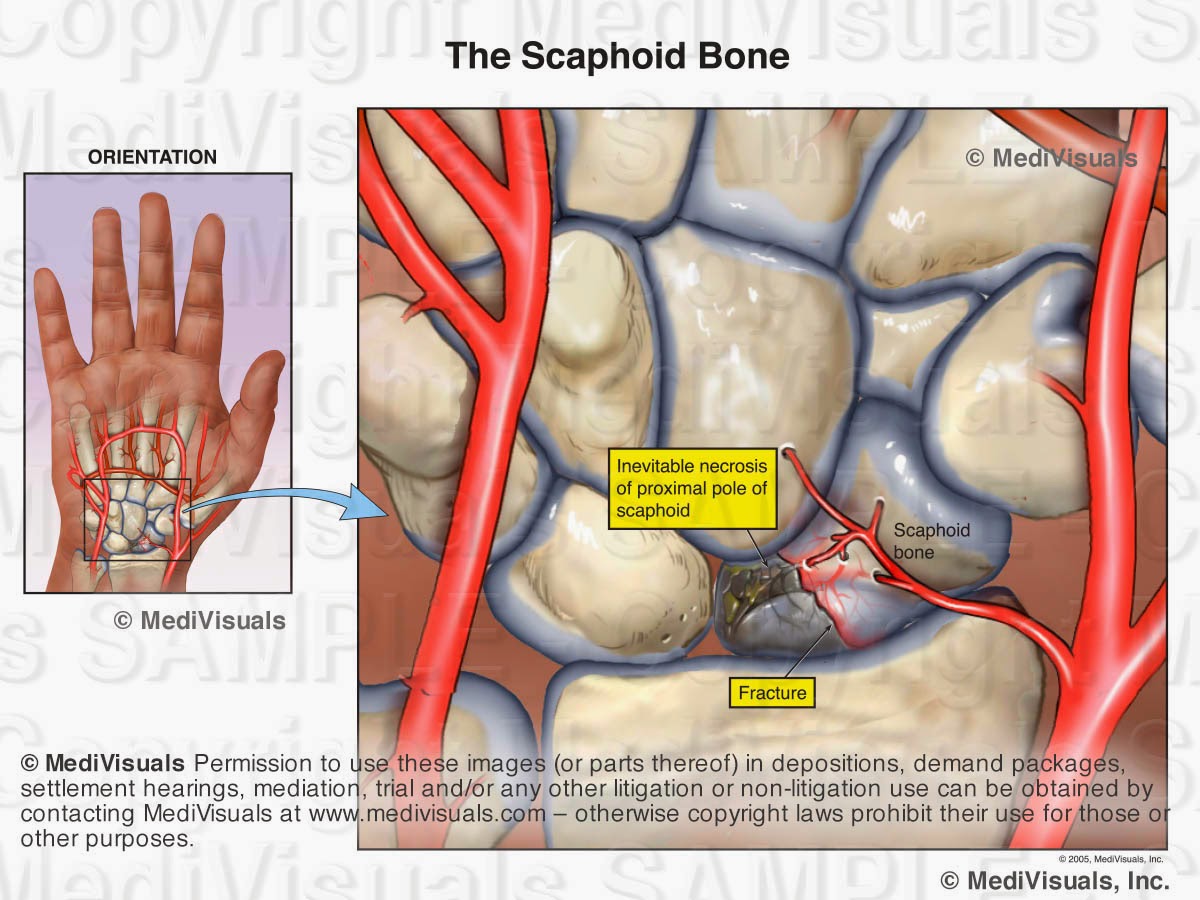"Cervical Connective Tissue Injury," "Cervical Soft Tissue Injury," "Cervical Strain," and "Cervical Sprain" are among the common names used to label specific injuries to the muscles, tendons, and ligaments of the cervical spine resulting from trauma. Proving the presence of such injuries in litigation is particularly challenging for a number of reasons. First, there is no imaging study or medical test that can definitively reveal these types of injuries as they typically exist, with the exception of an invasive biopsy of the affected tissues. Health care providers typically make the diagnosis based upon a number of factors--primarily upon the appearance of symptoms soon after a related traumatic event as well as at least partial relief of symptoms following specialized therapies.
The second factor that greatly contributes to the difficulty of these cases is that, in years past, these same injuries were commonly referred to as "whiplash". It would be difficult to find an individual (juror, mediator, judge, or arbitrator) who does not have preconceived negative connotations associated with the term "whiplash." Almost certainly, those defending claims involved with the existence of the condition will dismiss any other label of the condition except "whiplash" when arguing a case.
To overcome the hurdles encountered by those arguing that their plaintiffs do indeed suffer from these injuries, it is important to combat the voodoo and skepticism associated with the term "whiplash" and explain the well-founded science associated with the injuries and how they result from the trauma of a particular event. Illustrations explaining the related anatomy, the mechanism of injury, and the injury itself can be very valuable tools in that process. Following are examples of graphics that have been successfully used many times for those purposes.
These particular illustrations and the concepts behind them were developed by MediVisuals in 1996 after extensive research into the anatomy, the mechanism of injury, and the resulting anatomical trauma which occurs in these cases.
Cervical Connective Tissue Injury
The above group of images is helpful in explaining the general mechanism of injury to the cervical muscles, tendons, and ligaments during a typical automotive sudden deceleration or acceleration event. The large illustration of the upper torso, neck, and head in extreme forward flexion (hyperflexion) shows many of the posterior muscles of the neck that are subject to cervical strain injuries and their bony attachments. The greater occipital nerve is included as it is sometimes involved and can result in post-traumatic occipital headaches.
A diagram in the upper right corner demonstrates hyperextension and hyperflexion. The image also demonstrates some of the major ligaments of the neck which may also be injured as a result of these violent and extreme motions. These ligaments may be injured grossly or microscopically by excessive flexion, extension, or rotation.
Three illustrations in the lower right show a close-up view of the spinal anatomy 1) in the Normal condition, 2) during Excessive Stretching, and 3) After Healing. In the normal view, the close relationship between the muscles, nerves, and blood vessels is pictured and can be appreciated. Shown in the illustration depicting excessive stretch are small tears and the resulting bleeding in the muscle fibers. In the final illustration, the relationship of the structures after healing is depicted. Scar tissue and inflammation entrap blood vessels and nerves, resulting in a permanent state of compromised, painful movement.
Microscopic Appearance of Muscular and Tendon Strain Injury
The above series of illustrations compares the Normal relationships of structures to those observed during Excessive Stretch and After Healing. The series can be used to explain excessive stretch injuries in any area of the body (neck, back, temporomandibular joint, etc.). Each illustration depicts the structures at sequentially higher magnifications, beginning with the largest center image in each category.
The Normal series of illustrations begins by depicting nerves and small blood vessels intertwined in muscle and its tendinous attachment to the bone. The second illustration in the group shows a magnified view of a muscle fiber. Complicated and highly organized relationships of the many delicate structures necessary for proper function are depicted. The third illustration at the top of the panel details the relationships of the myofilaments (actin and myosin) in their normal relaxed position.
The Excessive Stretch series of illustrations begins by depicting the muscle, tendon, blood vessels and nerves as they are excessively stretched. Small hemorrhages are seen escaping from the stretched and torn blood vessels. In the second illustration, blood is shown escaping into surrounding spaces, reducing oxygen exchange to the muscle and irritating the delicate structures of the muscle fiber. The uppermost illustration, depicting the myofilaments, shows the actin and myosin fibers torn and stretched past the point of normal interdigitation.
The last series of illustrations depicts the permanent injuries that result After Healing. The center illustration shows scar tissue and inflammation occluding blood vessels and adhering the delicate structures of the muscle fibers together, limiting motion and causing chronic pain and muscle spasm. The bottom illustration shows the irregular outline of the scarred and inflamed muscle fiber. Small adhesions are seen between the blood vessels, nerves, and muscle fibers. The uppermost illustration shows the damaged myofilaments. Their normally well-organized interdigitating arrangement is destroyed, limiting muscle movement at the most basic level.
Collectively, all these injuries prevent normal free and painless movement. Instead, the scarring binds the structures together, entrapping capillaries that results in reduction in blood supply. Nerves are also entrapped, resulting in pain. Lastly, during movement the binding of structures results in irritation, inflammation, and muscle spasm.
Citations available upon request.








